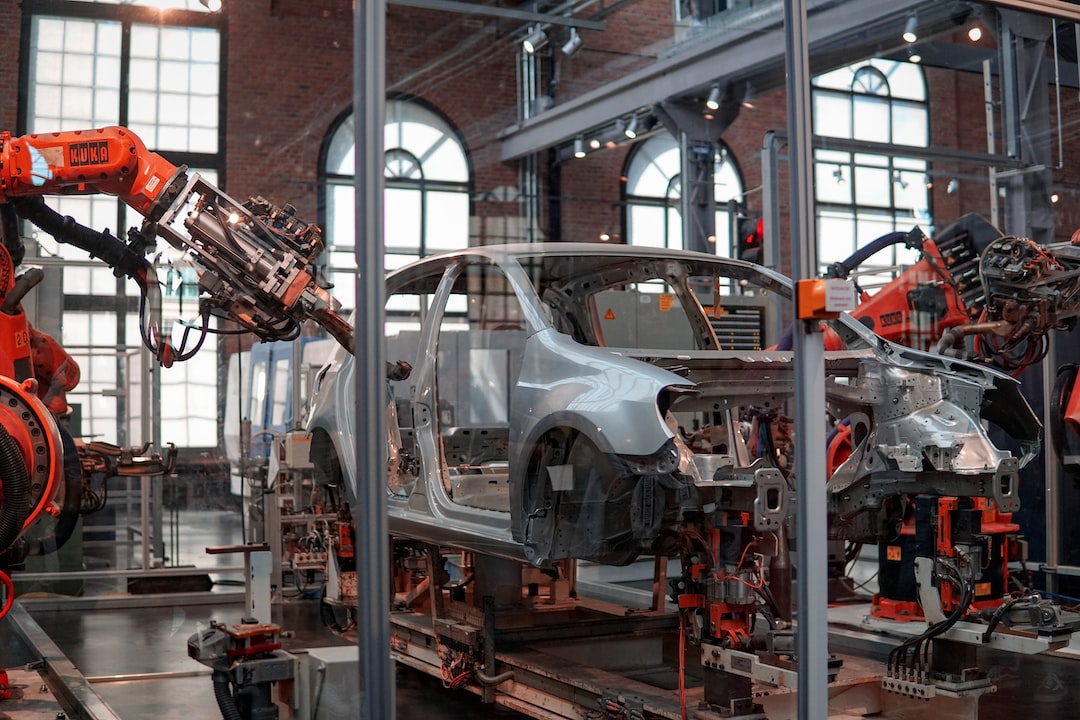The Impact of COVID-19 on the Manufacturing Industry: Lessons Learned and Future Outlook
The COVID-19 pandemic has had a profound impact on almost every industry, and the manufacturing sector is no exception. From disrupted supply chains to factory closures and reduced demand, manufacturers around the world have faced unprecedented challenges. However, amidst the chaos, lessons have been learned, and the industry has been forced to evolve. In this blog post, we will explore the impact of the pandemic on the manufacturing industry, the lessons learned, and the potential future outlook.
1. Disrupted Supply Chains:
One of the most significant challenges faced by the manufacturing industry during the pandemic was the disruption of global supply chains. With lockdowns, travel restrictions, and border closures, manufacturers struggled to obtain raw materials and parts needed for production. This highlighted the vulnerability of relying heavily on a single source or geographical location for supplies. As a result, diversification and local sourcing have become critical lessons for the industry. Manufacturers are now seeking to establish resilient supply chains that are not heavily reliant on a single region or country.
2. Factory Closures and Reduced Demand:
To contain the spread of the virus, many countries implemented strict lockdown measures, leading to the temporary closure of manufacturing facilities. This led to a sharp decline in demand for goods, further impacting the industry. Manufacturers had to quickly adapt their operations, with many embracing remote work for employees and implementing strict safety measures to ensure the continuity of production. This pandemic has taught the industry the importance of agility and the ability to pivot in the face of unexpected challenges.
3. Acceleration of Digital Transformation:
The pandemic has accelerated the adoption of digital technologies in the manufacturing sector. With restrictions on physical interactions, manufacturers turned to virtual solutions to keep operations running. Remote monitoring, automation, and artificial intelligence became crucial tools for maintaining productivity and efficiency. The industry has realized the potential of these technologies in improving operational resilience and reducing the reliance on manual labor. Going forward, digital transformation will continue to be a key focus for the manufacturing industry.
4. Increased Focus on Resilience:
The pandemic has emphasized the importance of building resilience within the manufacturing industry. This includes not only diversifying supply chains but also investing in research and development, adopting advanced technologies, and upskilling the workforce. Manufacturers have recognized the need to be prepared for future crises, whether they are health-related or otherwise. Building resilient manufacturing processes and supply chains will be crucial for the industry’s long-term survival.
5. Shift in Consumer Behavior:
COVID-19 has significantly impacted consumer behavior, leading to changes in product demand. As people prioritize health and safety, there has been an increased demand for medical supplies, personal protective equipment, and sanitization products. Additionally, the rise of remote work and e-commerce has fueled the demand for technology and related products. Manufacturers need to adapt to these changing consumer preferences and pivot their production accordingly. This highlights the importance of agility and flexibility in the manufacturing sector.
Looking ahead, the future outlook for the manufacturing industry remains uncertain. The spread of new variants of the virus and ongoing disruptions to global trade pose ongoing challenges. However, the lessons learned from this pandemic have set the stage for a more resilient and adaptable industry.
Manufacturers are likely to continue investing in automation and digital technologies to drive efficiency and reduce human interaction. Supply chains will be diversified and strengthened, with a focus on local sourcing and strategic stockpiling. Resilience will be a key consideration in every aspect of manufacturing, from workforce preparedness to operational processes.
Furthermore, the pandemic has prompted greater collaboration and cooperation within the industry. Manufacturers have realized the value of partnerships and sharing knowledge to respond to emerging challenges. This cooperation is likely to continue, leading to more robust and innovative solutions.
In conclusion, the COVID-19 pandemic has had a profound impact on the manufacturing industry. It has highlighted the vulnerabilities within the sector while also accelerating digital transformation and promoting a shift towards resilience. By embracing the lessons learned, investing in technology, and adapting to changing consumer demands, the manufacturing industry can emerge stronger from this crisis and be better prepared for future challenges.
